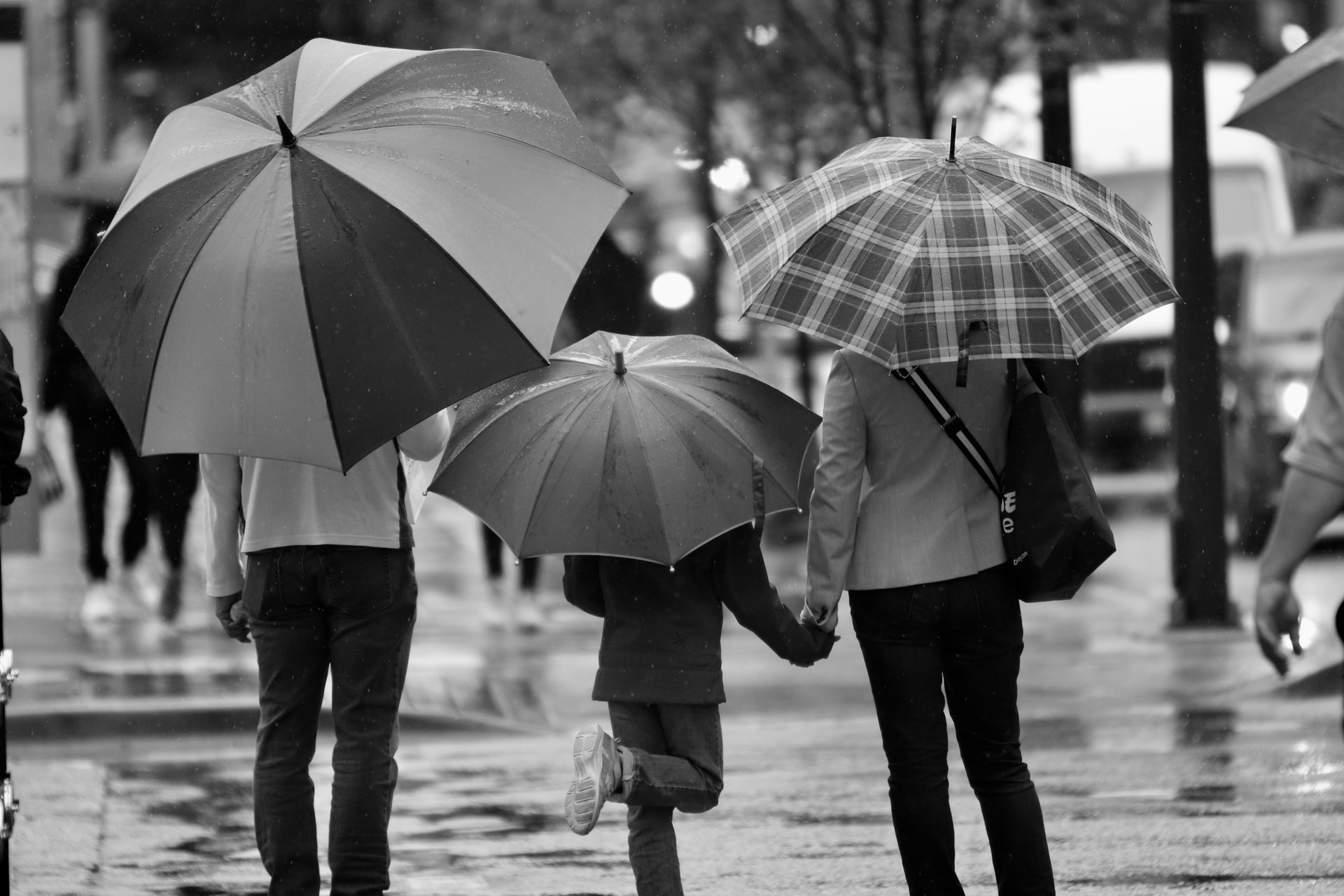Shared mobility and quality living

We are publishing a series of blogs on designing for a changing climate. Here chartered town planner Marian Marsh looks at how shared mobility is helping create high density, high quality living with a focus on sustainable travel in Vienna.
When I arrived at Seestadt by metro from Vienna city centre, I was instantly struck by the sheer amount of space. Wide streets to roam at will without being on the lookout for traffic. Clean air at a pavement café and on every street. And so peaceful. I could hear a bicycle from a distance, the sound of children playing, and a mother wheeling her baby in a pram.
Seestadt is one of the biggest urban development projects in Europe. Building will continue until 2030. It provides high density, affordable housing for 20,000 inhabitants in a green environment with easy access by sustainable transport modes to the city centre. There is also the option of travelling less and using local office space, services and amenities, including a business, science and education hub.
The ethos was not to repeat the mistakes of large-scale housing developments in the 1950s and 1960s. It was rather to produce a high quality of life with the option of living sustainably and reducing carbon footprints.
Mobility as a service
From the early planning stage, the target modal split was 40% active modes, 40% public transport, and 20% car travel. Public transport includes metro, train and seven bus routes. Space is created for people-friendly streets by restricting parking and vehicular movement.
A fixed annual fee for spaces in parking garages funds eco-friendly alternatives to the privately owned car. These are promoted at a mobility hub with a café, cycle repair, car club cars, bike share and transport advice, all under one roof. Shared mobility as a service (MaaS) is promoted through the Seestadt travel card.
Last-mile logistics
There is a strong focus on last-mile logistics since eight out of 10 journeys begin or end at home. This includes good walking and cycling routes, free bike hire to and from the metro, bike share, cargo bikes and shopping trolleys to borrow.
This whole package enables streets to be designed with more space for people to enjoy the experience and relax, and for children and adults to play. There are opportunities to borrow boules and other outdoor games. In this way, the priority is for activities and interaction between people rather than traffic.
Provision of shared transport throughout the development gives peace of mind to many residents who have chosen to base their travel patterns mainly on public transport, walking and cycling. Car club cars or ‘carsharing’, as it is known in Austria, are available when a car is the easiest mode: for example when doing big shops or going on a family trip to a rural area.
Built to human scale
A visitor centre offers guided tours for planners, architects and other professionals. The impact of the planning measures on travel patterns and on the satisfaction of residents is being monitored through a mobility panel, a living lab and a survey for residents. The first results are expected in 2020.
These findings could provide user-based evidence for what felt to me to be a well-designed place to live and built to a human scale. It did not feel like a large, high-density development at all. I can recommend a visit!
About the author
Marian Marsh is a chartered town planner with a background in sustainable transport planning. Her current work at CoMoUK focuses on shared transport modes and raising awareness amongst planners and developers of the benefits of shared mobility in new developments.
Header image credit: James X on Unsplash
Share your place-based climate action
We would like to hear from communities and local authorities who are creating carbon conscious places. If you are designing and adapting a place to reduce, repurpose and absorb carbon, please share examples of your work with us.
